QUIZ: What Do You Know About Diseases in the Developing World?
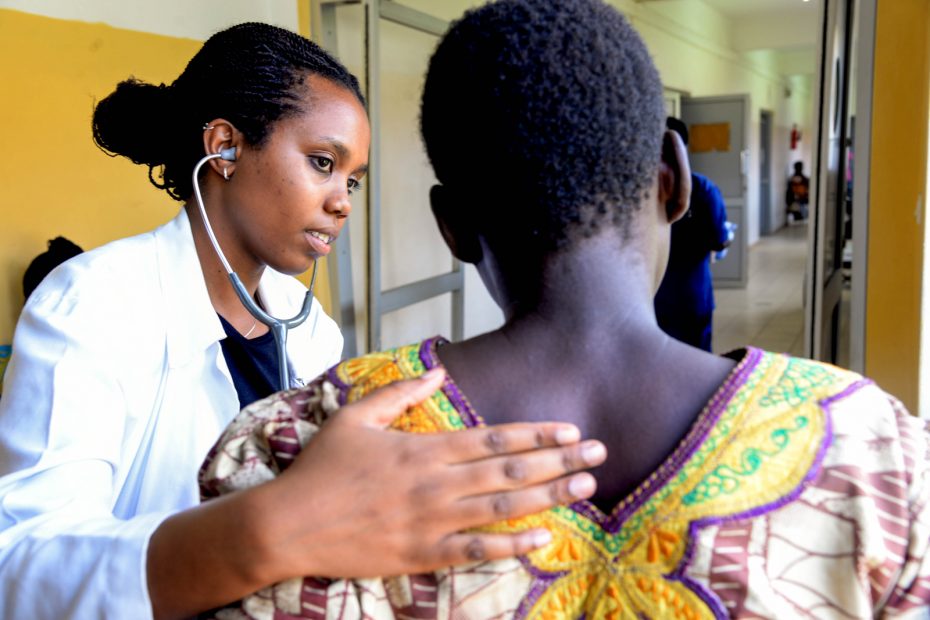
World AIDS Day is coming up on Dec. 1. This disease affects millions of people and many of the communities and children we serve around the globe. And it’s not alone. Test your knowledge of the health issues and medical conditions confronting children living in poverty with this quiz.
Continue Reading ›Giving Tuesday: Life is Precious
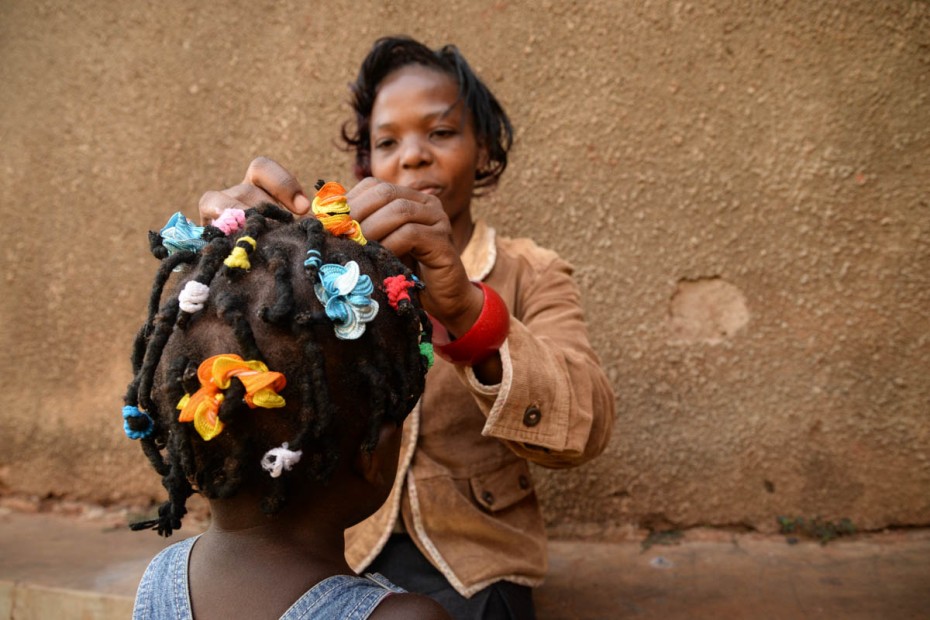
Eighteen-month-old Precious was suffering from HIV/AIDS, tuberculosis and malnutrition. Under the weight of disease and neglect, her beautiful little creation of a body was under attack with no one to fight to give her life a chance.
Continue Reading ›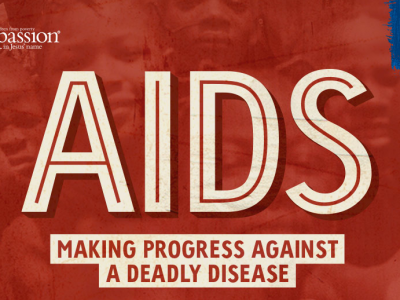
World AIDS Day 2013: Getting to Zero
World AIDS Day is a day to focus attention on HIV/AIDS prevention, treatment and care and to measure the world’s progress on “Getting to zero: zero new HIV infections. Zero discrimination. Zero AIDS-related deaths”.
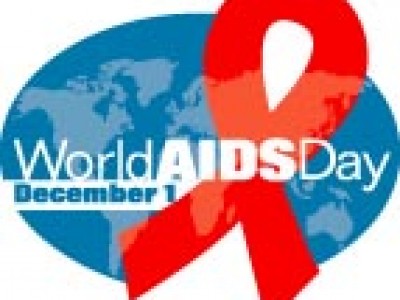
World AIDS Day 2012: Red Hearts and Red Ribbons
I wasn’t looking for another child to sponsor. But then I saw two things next to her picture on the website: a red heart and a red ribbon.
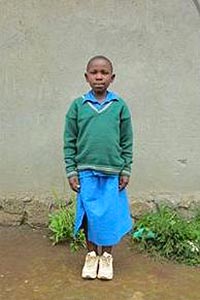
Josiane, from Rwanda, had been waiting for a sponsor for over six months.
The red ribbon showed that Josiane lived in an AIDS-affected area.
Online, as I added Josiane’s sponsorship to my account, I took the opportunity to pay an additional $8 per month to give to the HIV/AIDS Initiative Fund.
According to UNICEF, 2.3 million children in Africa live with HIV and 14.9 million are orphaned by AIDS.
For the cost of a couple of fancy lattes a month, I’ve chosen to give to the HIV/AIDS Initiative Fund which does the following for Josiane and our other 470,000 + African beneficiaries, and their families:
- Provide complimentary testing for all of our beneficiaries, their siblings, and caregivers. Testing is not a requirement, and if they decline, we respect that decision. However, it is available to all.
- We bring awareness to all of our beneficiaries about HIV/AIDS. According to AVERT.org, only 24 percent of young women and 36 percent of young men in low-income countries are knowledgeable about HIV transmission and prevention. Last year alone, we trained more than 2,600 HIV/AIDS peer educators who focus on increasing knowledge about the disease to bring about behavioral change.
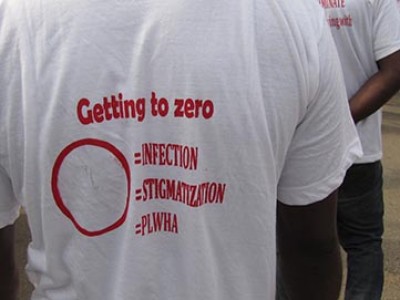
HIV/AIDS: Getting to Zero
The World Health Organization reports that the African region is the most affected by HIV/AIDS, where 1.8 million people acquired the virus in 2009 alone. This means African nations must intensify their campaign against the disease, and Ghana is no exception.

World AIDS Day 2011: Small Things vs. Big Things
How can something so tiny that it can only be seen through a microscope can cause irreversible damage to the human body? Yet, to date, over 33 million people—spread out on every continent—are struggling with a tiny little terrorist in their blood streams, attacking healthy cells, breaking down the person’s immunity…and no one knows how to stop it.
Why Should We Care About AIDS?
There are many sores in our society, but the one that plagues our world like no other is the AIDS pandemic. Those infected with HIV are treated like lepers and often ignored and shunned.
As the Body of Christ, caring about this disease, which is primarily spread through deviant behavior (though certainly not all the time), it is our chance to do the unexpected … to care for those infected with HIV, no matter the cause.
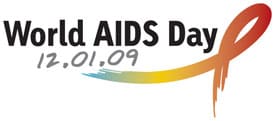 And with World AIDS Day next week, it’s as good a time as any to act like the person who came to save us.
And with World AIDS Day next week, it’s as good a time as any to act like the person who came to save us.
What Is AIDS?
Many people know the terms HIV and AIDS, and often use them interchangeably, and as a result, incorrectly.
HIV is a virus, the human immunodeficiency virus, one of the most persistent and complicated viruses of all time.
This virus causes the body to become immunodeficient, which means that it causes the body’s immune system to be weakened, which makes the body’s defense system not work as well as it could and as a result, become more susceptible to infections.
AIDS stands for acquired immune deficiency syndrome. AIDS is a result of HIV. It is the last stage of an HIV infection.
A person first gets HIV, and then later, usually years later, will develop AIDS.
A CD4 cell is a type of white blood cell sometimes called a T cell. A person is diagnosed as having AIDS when his or her CD4 cell count drops below a certain level, around 300 cells per millimeters cubed (mm3). The normal range is between 500-1,600 CD4 cells per mm3.
Over time, a person with HIV will lose these cells through destruction by HIV. Then that person will be more vulnerable to infections … opportunistic infections.
Without treatment, the opportunistic infections will eventually claim the life of a person infected with HIV. But treatment is available and it is called ART, which stands for antiretroviral therapy.
Because of the advent of ART, those who once were hopeless and waiting to die now have a second chance. But really why should we care about AIDS? (more…)
A Chance to Survive
Hello Compassion Blog readers.
Sorry I haven’t contributed much lately. I’m still here and still handling crisis communications, in case you were wondering. There is something that has been on my mind that I feel compelled to share with you.
I’m gonna step outside my comfort zone for a minute to share this with you. I have Rheumatoid Arthritis. I was diagnosed with it when I was 15, so I’ve had it for half my life, but you’d probably never know it if you met me. I don’t talk about it much. Most people I interact with on a regular basis don’t even know. In the past 10 years, the medical research and pharmaceutical industries have come a long way in treating the disease, and this has allowed me to live to a virtually pain-free, symptom-free life.
But here’s the thing. I have a normal life simply because I happen to have been born in the United States. I have access to powerful drugs. I have insurance to cover the (outrageously high) cost of them. Certainly I am grateful for this, but lately I’ve been thinking about what my life would be like if I were born into poverty in a developing country. What if I was from rural Rwanda? Or a slum in the Philippines? Or a poor community in Nicaragua?
I’d more than likely be totally crippled by now. At 30 years old.
This thought really freaks me out, to be honest with you. I cannot imagine what it would be like to not be able to stand up straight, to walk, or to grip things. To live in constant, life-altering pain. I feel guilty for being happy I was born here. I don’t have to try to live with this disease without the help of drugs. I am not crippled. I assume it’s similar in a way to the guilt a person feels when they survive a car accident where the other passengers died . . . the ugly injustice of it. I understand that God’s ways are higher than our ways, but I struggle to understand why He chooses for some — why He chose ME — to be born into affluence and why He chooses some to be born into poverty. It’s not fair.
Nowhere is this injustice more evident than in the fight against HIV and AIDS. December 1 was World AIDS Day, and Brianne told you about our AIDS Initiative. The amazing thing about this program is that it literally restores justice to an unjust world. Without access to antiretroviral drugs, those battling AIDS in poverty-stricken countries fight an unwinnable war. By providing the antiretroviral therapy, Compassion allows children with death sentences another chance at life. A chance that, had they been born here, they would have had simply by virtue of their nationality.
If anyone is in the position to get this, it’s Godfrey. He understands that he is alive today because Compassion is fighting the injustice of HIV and AIDS in Uganda. His life is his testimony.
Compassion’s AIDS Initiative is more than just drugs. It’s nutritional support. It’s the critical laboratory testing. It’s psychosocial support. It’s treatment of opportunistic infections. It’s transportation assistance. It’s income generation. It’s housing repair. It’s all the opportunities that a person suffering from HIV here in the U.S. would have.
The AIDS Initiative essentially levels the playing field to give every victim of HIV — no matter where they were born — an equal chance to survive this devastating disease.
Give someone a chance to survive by supporting the AIDS Initiative today.
World AIDS Day
Poverty is multi-faceted. It is much more intricate than just a lack of money.
And like many other aspects of poverty, HIV and AIDS have the ability to take a frightening toll on children.
Today is World AIDS Day, and I’m taking it as an opportunity to let you know how committed we are to fighting the disease.
It begins with our AIDS Initiative program, which is working on a grassroots level through the local church to take on the AIDS pandemic, one child at a time.
Ok, pause.
AIDS Initiative, pandemic, poverty . . . I don’t like throwing around these words. It is easy to just roll over the keyboard and punch out the words. But can you imagine? I mean really, can you even imagine what it is like to be infected with HIV or affected by AIDS?
To better understand the effect HIV and AIDS have on people, particularly people in the developing world, and to get a better glimpse into what the Lord is doing through Compassion, I think we need to unpack a few details. I hope your mind is engaged and your heart is prepared because I am about to give you just that.
Now, as I was saying, our AIDS Initiative works to aid one child at a time. For example, this child:


